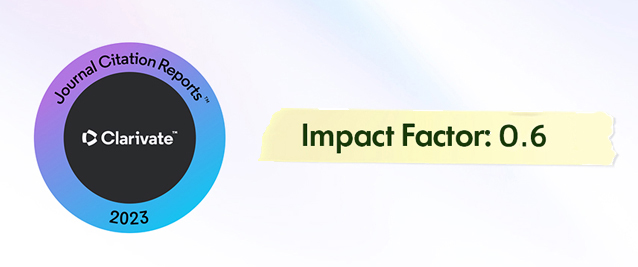2Department of Electrical and Electronics Engineering, Kafkas University, Kars, Turkey
Abstract
Unmanned aerial vehicles (UAVs), more generally known as drones or remotely piloted aircraft, have been extensively used in both civilian activities and military missions because of their high mobility and low cost. Multi-UAV systems structured in an ad hoc manner called UAVs ad hoc network which is also familiar as flying ad hoc Network (FANET). For FANETs, the IEEE 802.11 standard offers Medium Access Control (MAC) layer requirements. Optimization of the contention window (CW) size will optimize the output. Three distinct meta-heuristic optimization algorithms are used in this paper to improve the efficiency of FANETs, which are the Cuckoo Search Algorithm (CUCO), the Differential Evolution Algorithm (DEA)\ and the Honey Bee Algorithm (HBA). Optimum CW size is defined through meta-heuristic optimization algorithms. Performance comparison among CUCO, DEA, HBA, and traditional MAC based on IEEE 802.11 is presented. Relationships among parameters are obtained through Markov chain based analytical study. Performance metrics such as successful transmission probability, collision probability, channel busy probability, throughput, packet dropping rate (PDR), and delay expressions are derived. Simulation results reveal that meta-heuristic optimization algorithms improve the quality and reliability of communication by increasing throughput and decreasing PDR and latency.














